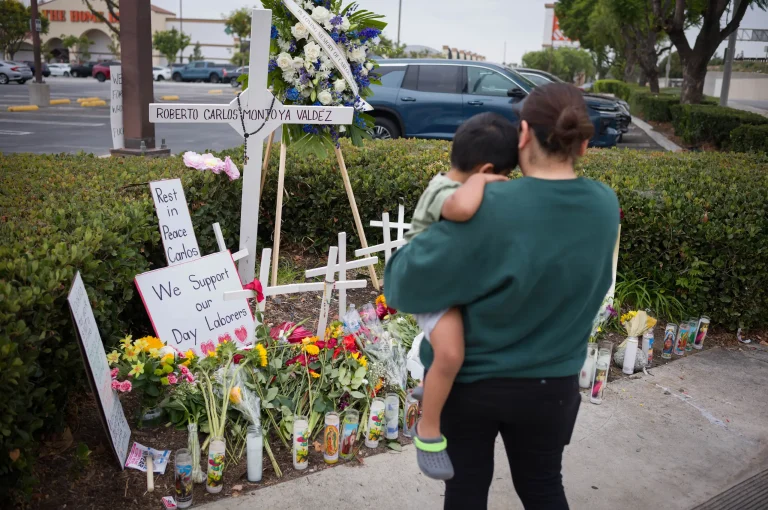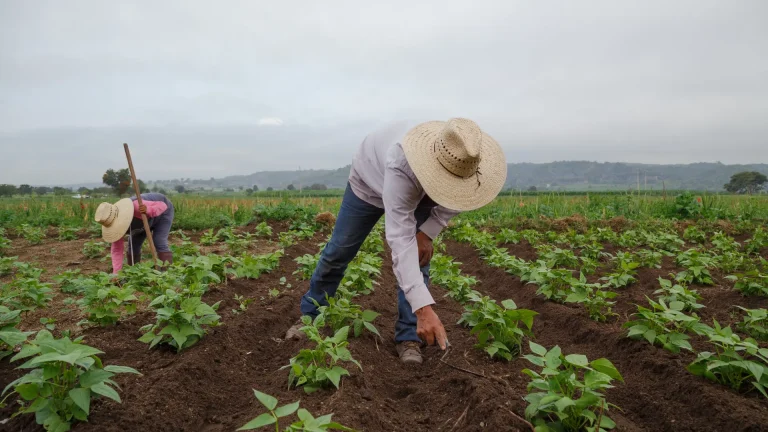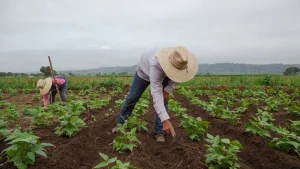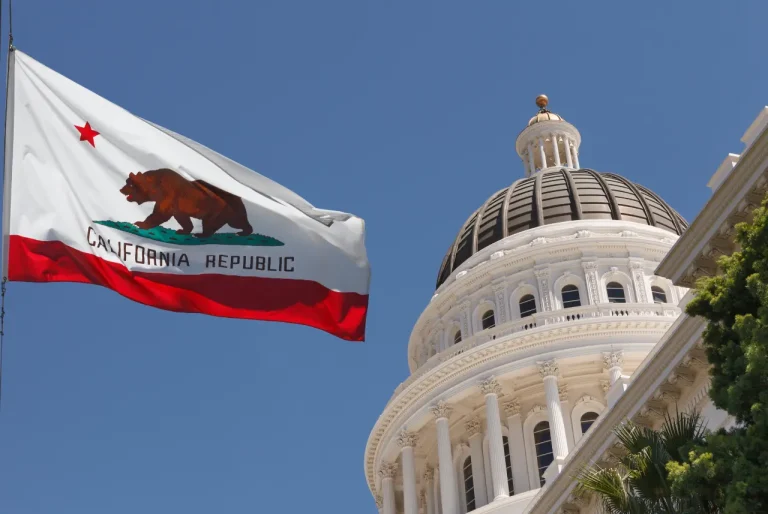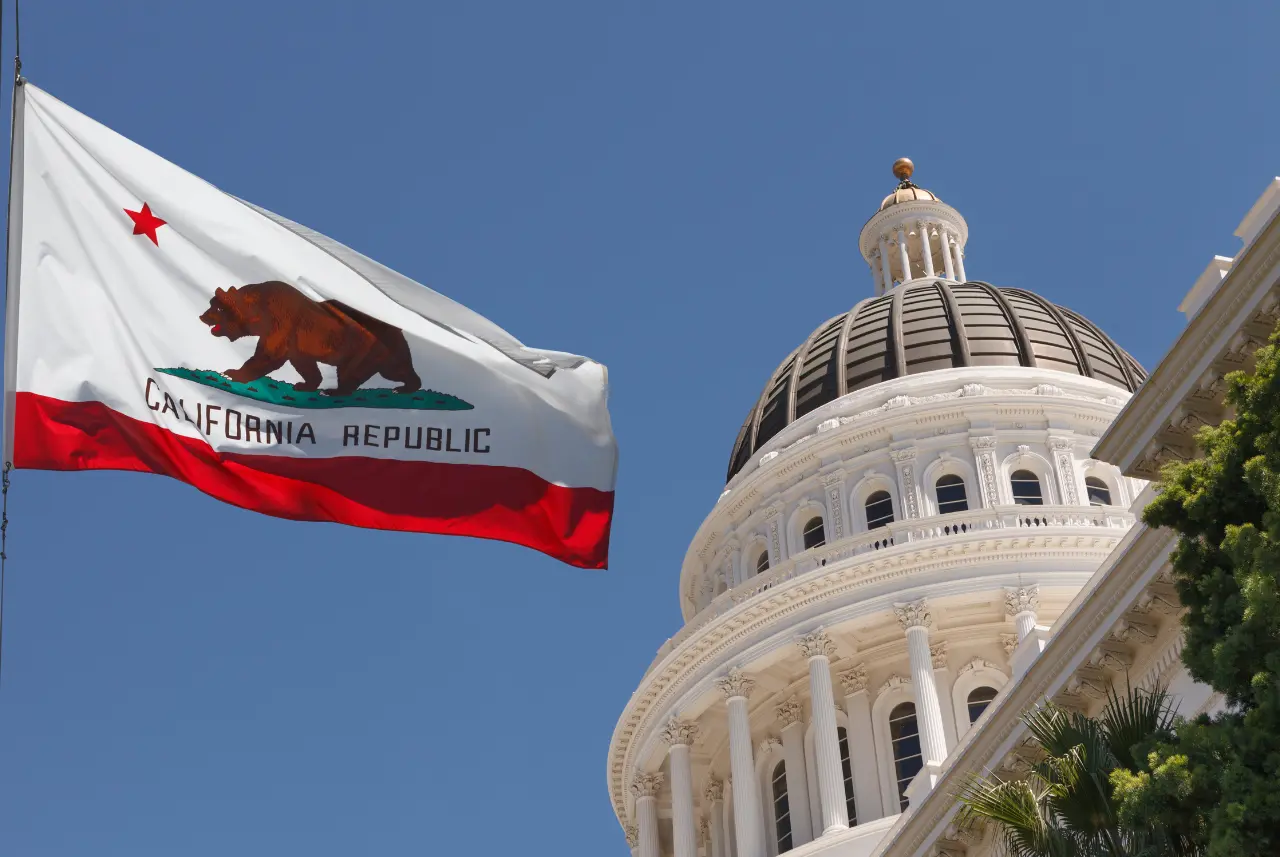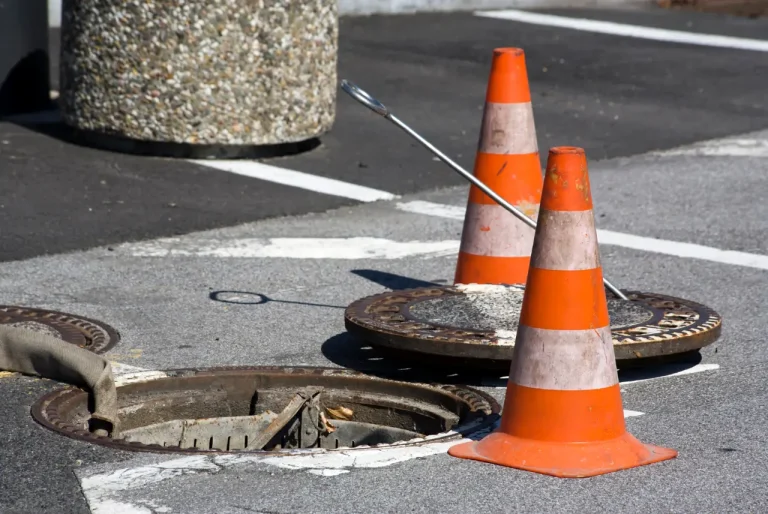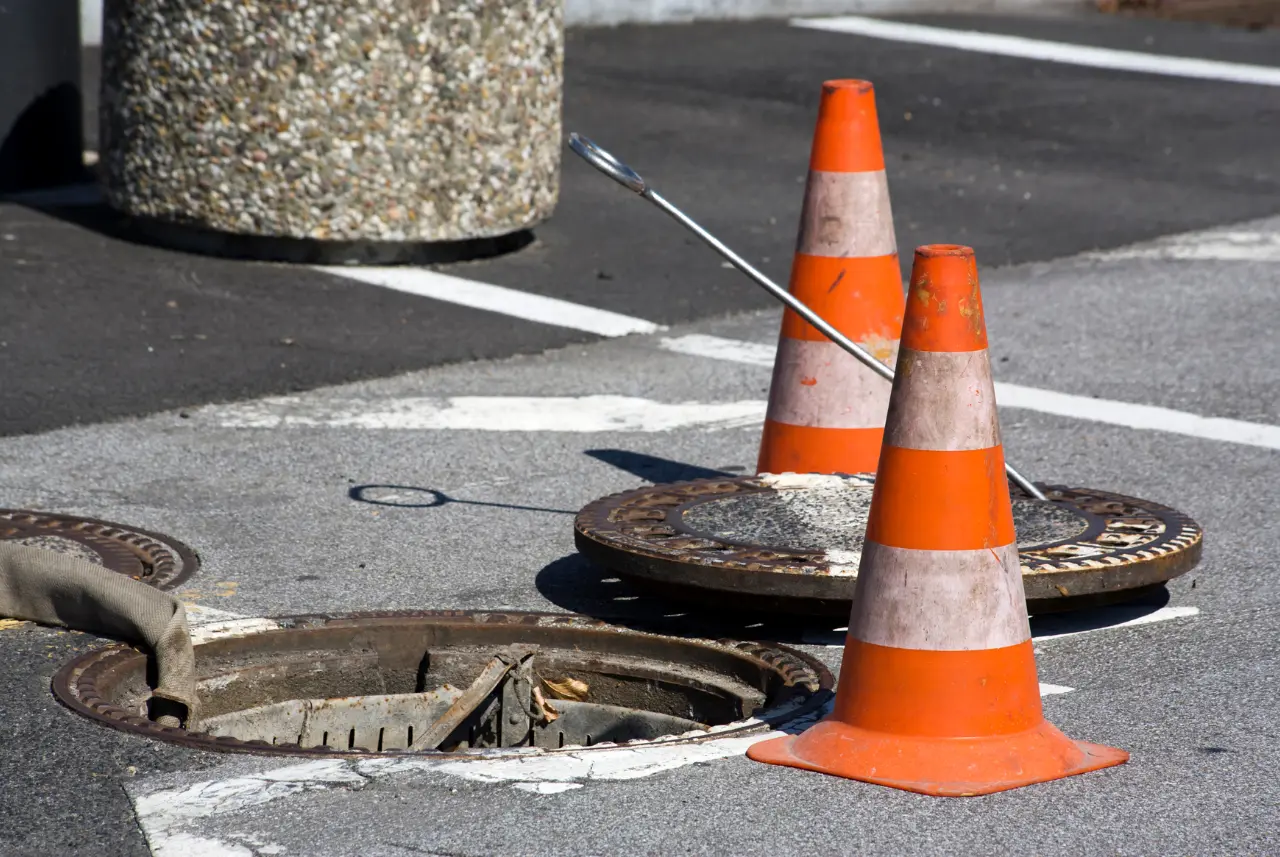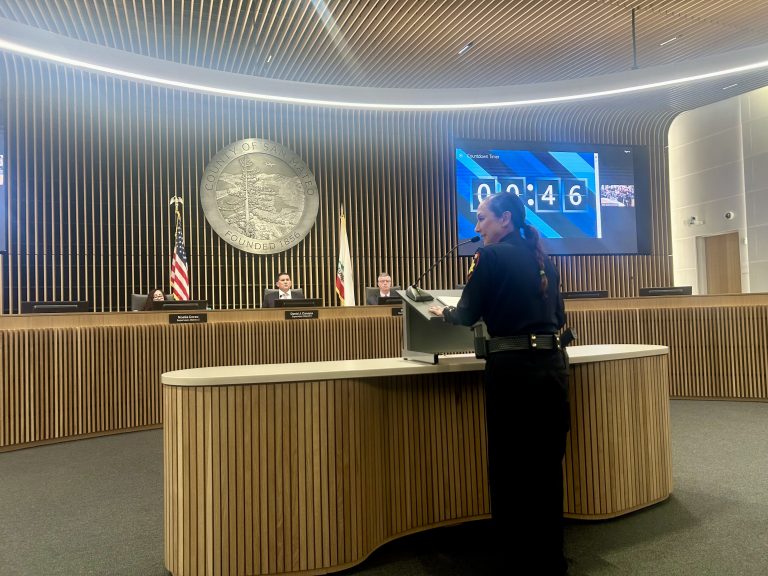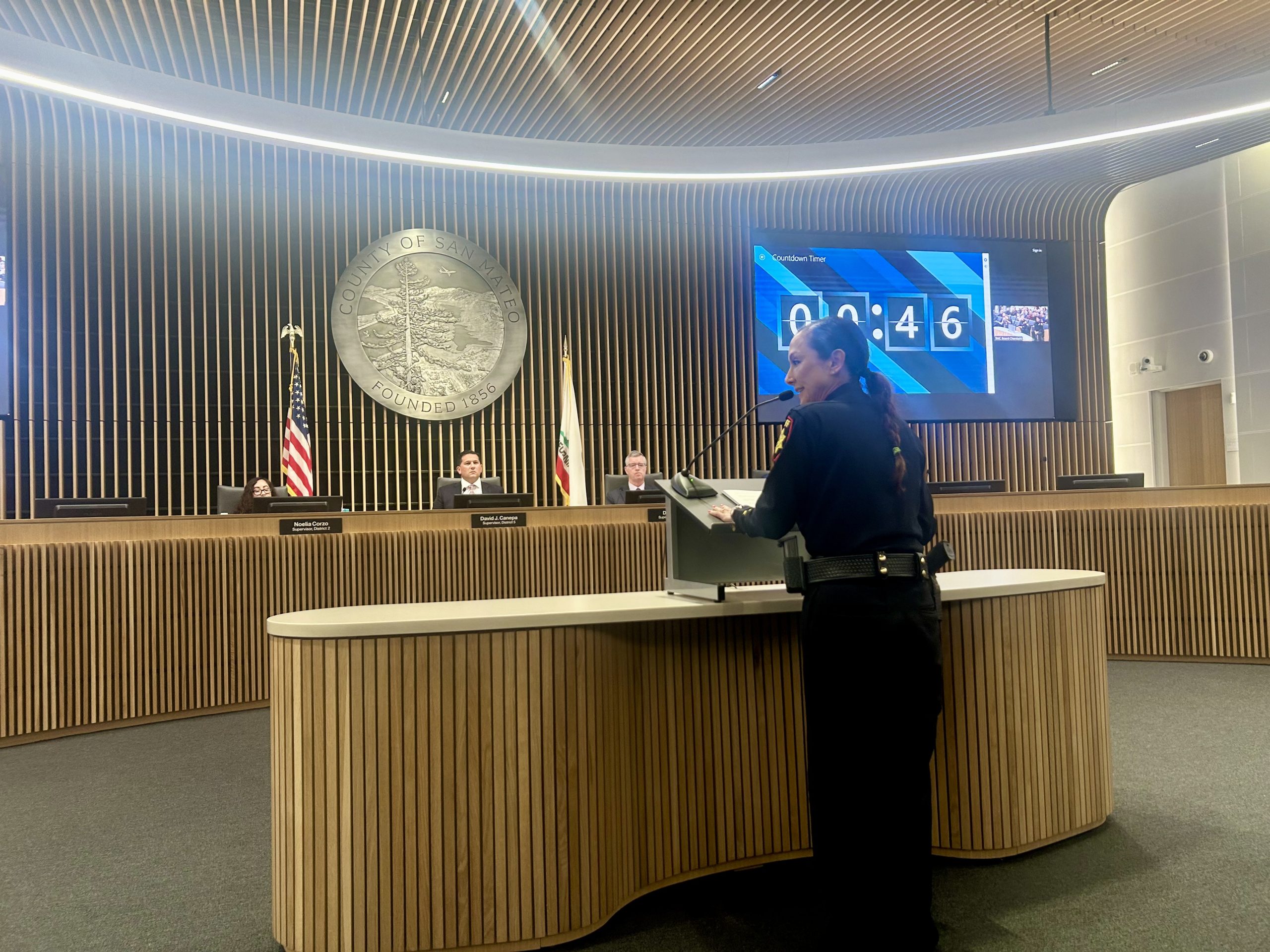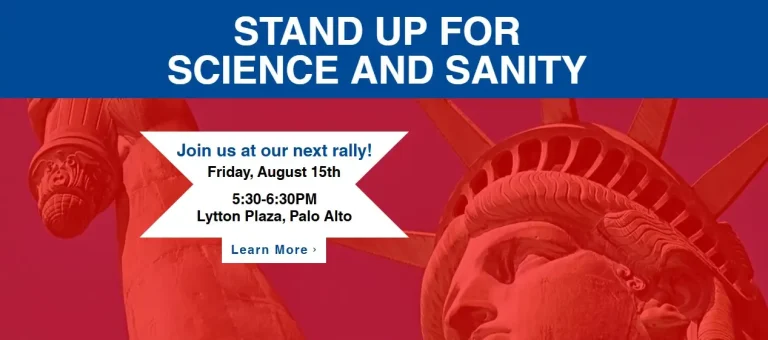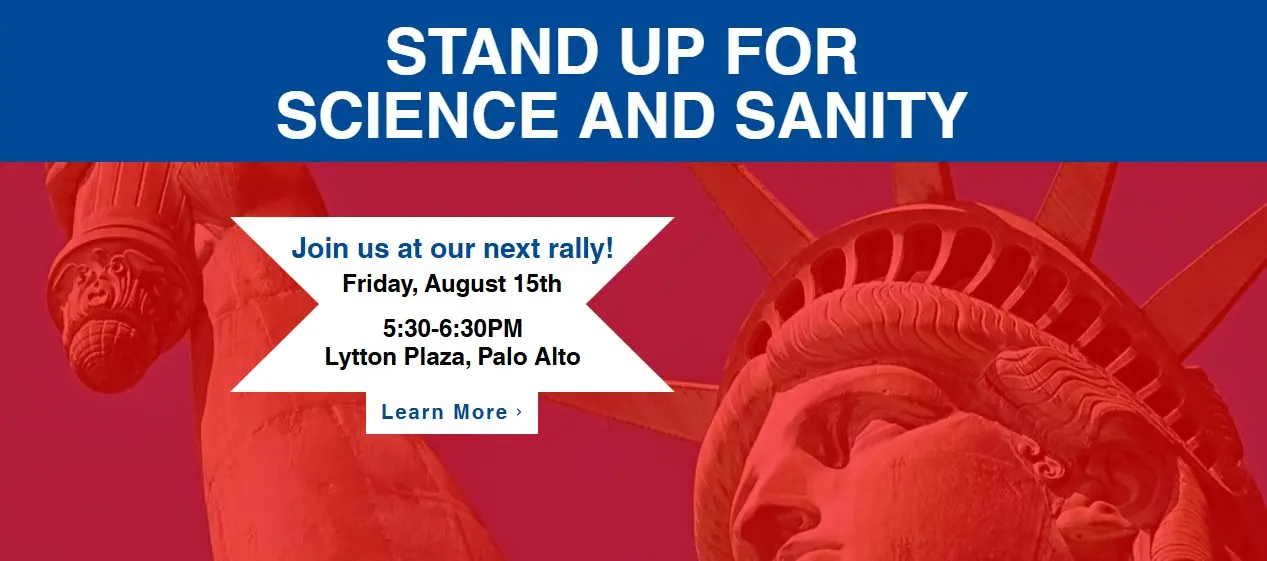Texto y fotos: Manuel Ortiz. Península 360 Press.
Los habitantes de Monrovia, California, están de luto. Han vivido en carne propia la embestida del presidente Donald Trump en contra de los inmigrantes latinoamericanos, misma que, aseguran, ocasionó la muerte de Roberto Carlos Montoya Valdez, para quien piden justicia y apoyo a su familia.
Montoya era un jornalero guatemalteco, de 52 años, oriundo de Jutiapa, un poblado al oriente de Guatemala, frontera con El Salvador donde, de acuerdo con datos oficiales, 56 por ciento de la población vive en pobreza, mientras el 39.8 por ciento padece de pobreza extrema.
El INE presenta cifras de pobreza en Guatemala
Todos los días Montoya, quien de acuerdo con la prensa local era padre de cuatro hijas, acudía en busca de trabajo al estacionamiento del Home Depot de Monrovia, ubicado en el 1625 de la avenida Mountain. Sus compañeros jornaleros, con los que conversó P360P, lo recuerdan como alguien “muy tranquilo”, “siempre dispuesto a apoyar”, “hablaba poco, él venía a trabajar”.
El 14 de agosto era para Montoya un día más. Acudió temprano al Home Depot. “Llegó aquí como siempre, en busca de unos cuantos dólares. Aquí se trabaja duro y se gana poco, y a eso vino el compañero [Montoya], por necesidad”, recuerda con la voz quebrada un jornalero que pidió no ser identificado. Aquel jueves, Montoya no volvió a casa, nunca más lo hará.
La mañana del día 14, pasadas las 9:00 horas (tiempo local), un operativo del Servicio de Inmigración y Control de Aduanas (ICE, por sus siglas en inglés), con agentes cubiertos del rostro y fuertemente armados, sorprendió a los jornaleros.
Montoya, asustado, igual que sus compañeros, intentó huir. Cruzó corriendo la avenida Evergreen. Al llegar a la carretera interestatal 210, a pocos metros del Home Depot, un automóvil tipo SUV lo embistió. Horas después, en el hospital al que fue trasladado, lo dieron por muerto.
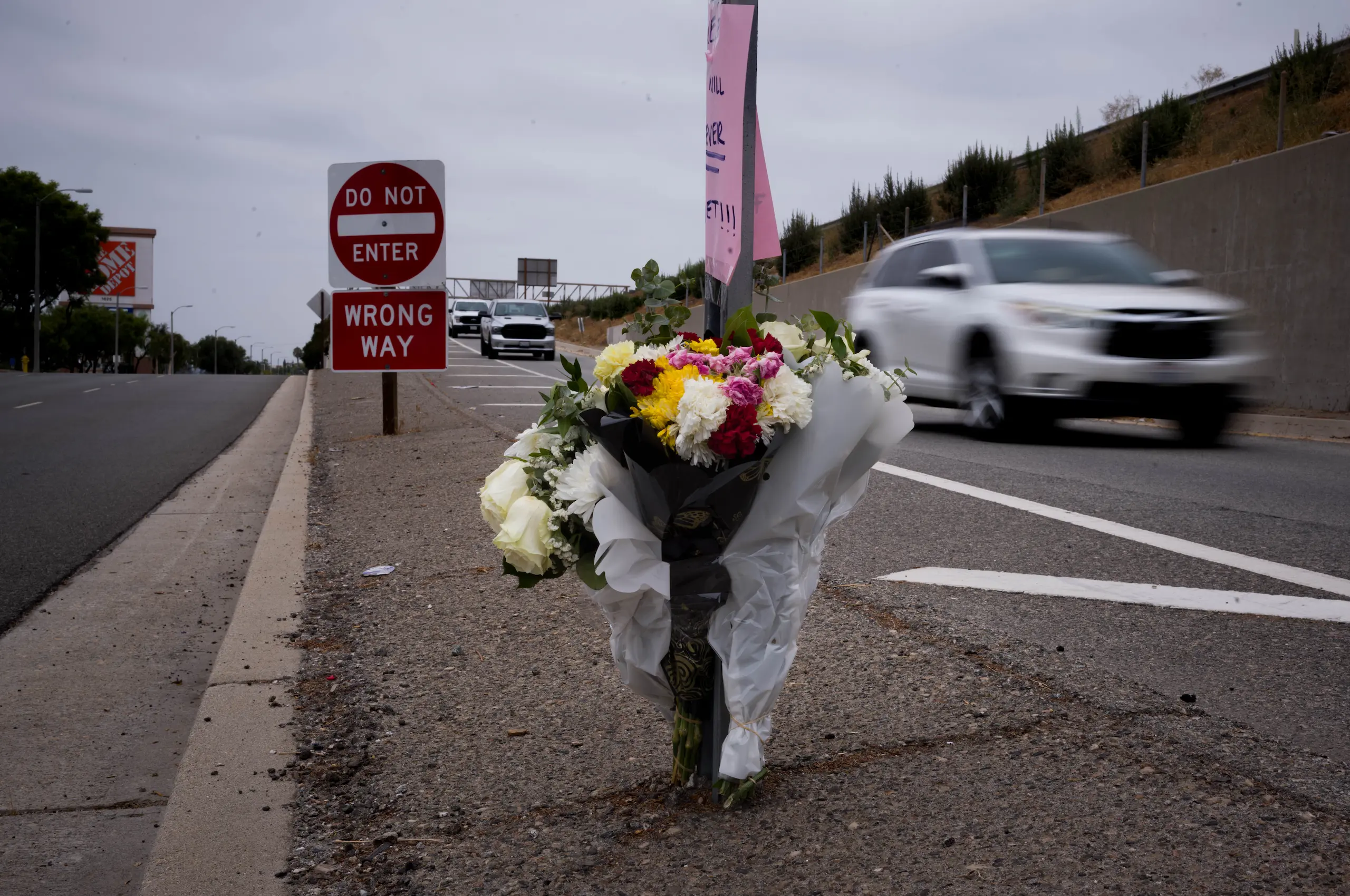
Afuera del Home Depot hay un altar para Montoya. Las personas de la localidad, incluyendo a familias enteras, llevan flores, veladoras y cruces blancas. En el lugar, donde estuvo P360P, se reza, se llora, se guarda silencio, pero también se reflexiona sobre la política actual, el voto latino y sus efectos de las últimas elecciones presidenciales. La gente quiere hablar, pero hay mucho miedo, por eso se omiten nombres y se evitan rostros.
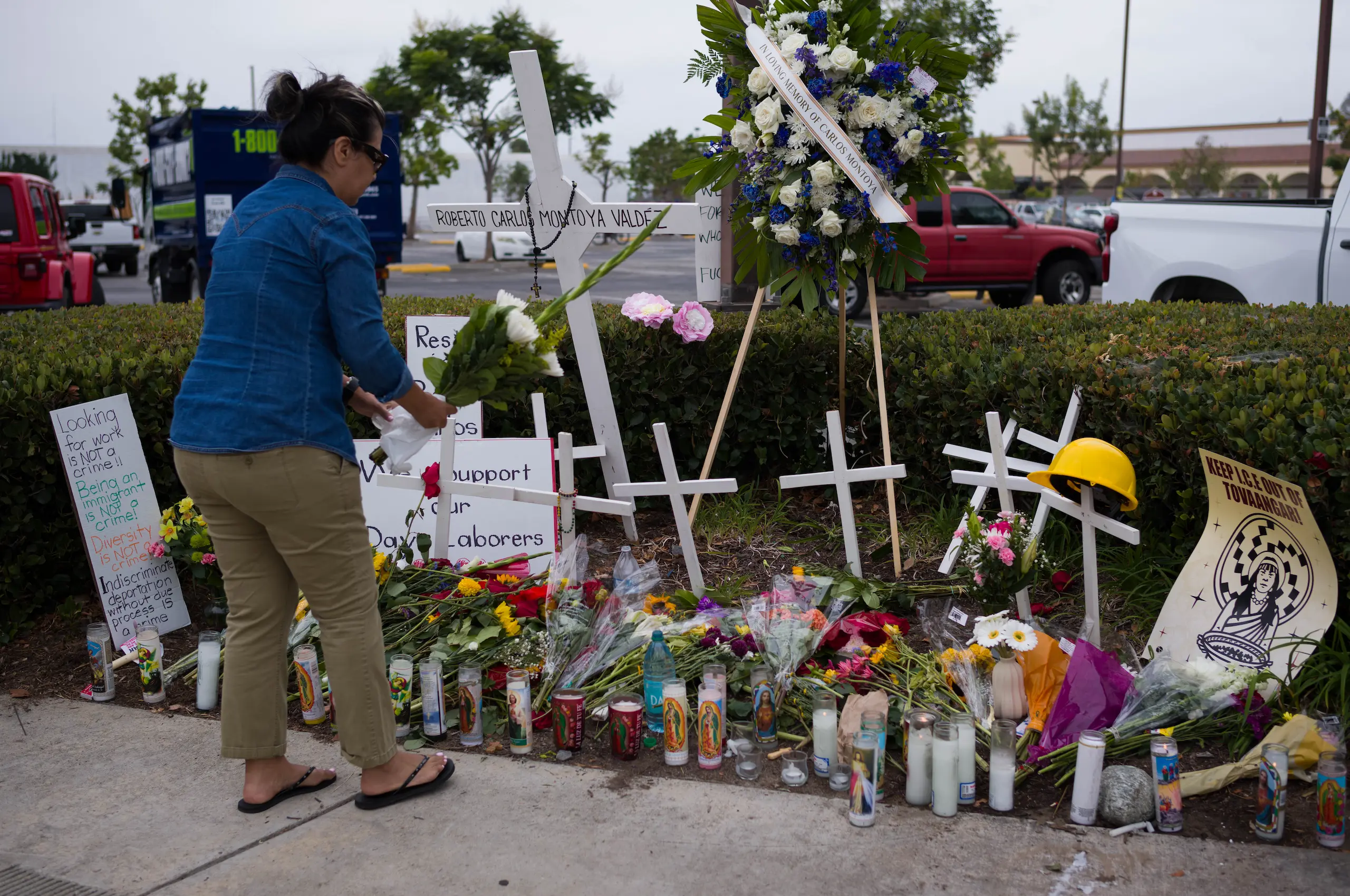
“Ahora nos tratan como si fuéramos animales; ratas o cucarachas, como si nos estuvieran fumigando”, dijo una mujer, con flores en la mano y acompañada de sus hijos. “¿Cómo es posible que no haya nadie arriba del presidente que lo pare? Perseguir a nuestra comunidad por el color de la piel es racismo, eso es ilegal”.
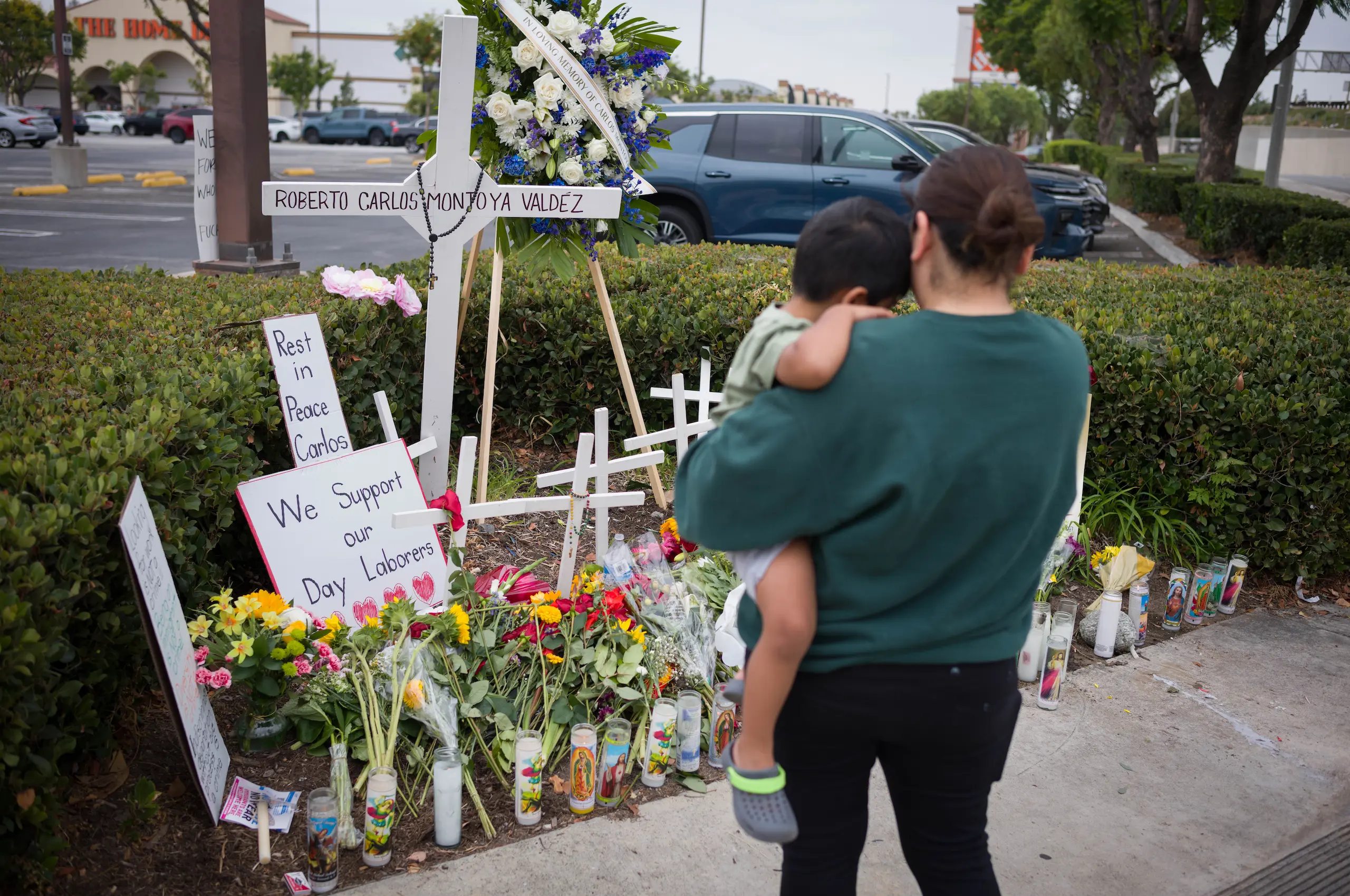
Usted viene con sus hijos. ¿Cree que todo esto les afecta de alguna manera? “Por supuesto que sí, las redadas han afectado mucho a los niños. Mis hijos, y los hijos de todas las personas, viven con miedo, temen ir a la escuela, esto va a generar un impacto muy negativo que perdurará muchos años en nuestra comunidad”.
“Aquí la gente está paniqueada, tiene miedo, la gente ya no quiere salir, anda con el miedo de ver a qué hora lo atacan, porque son ataques sorpresivos y, por si fuera poco, hasta ilegales”, comentó consternado un jornalero que conoció personalmente a Montoya. “Siento mucho dolor, como si hubiera muerto alguien de mi propia familia”.
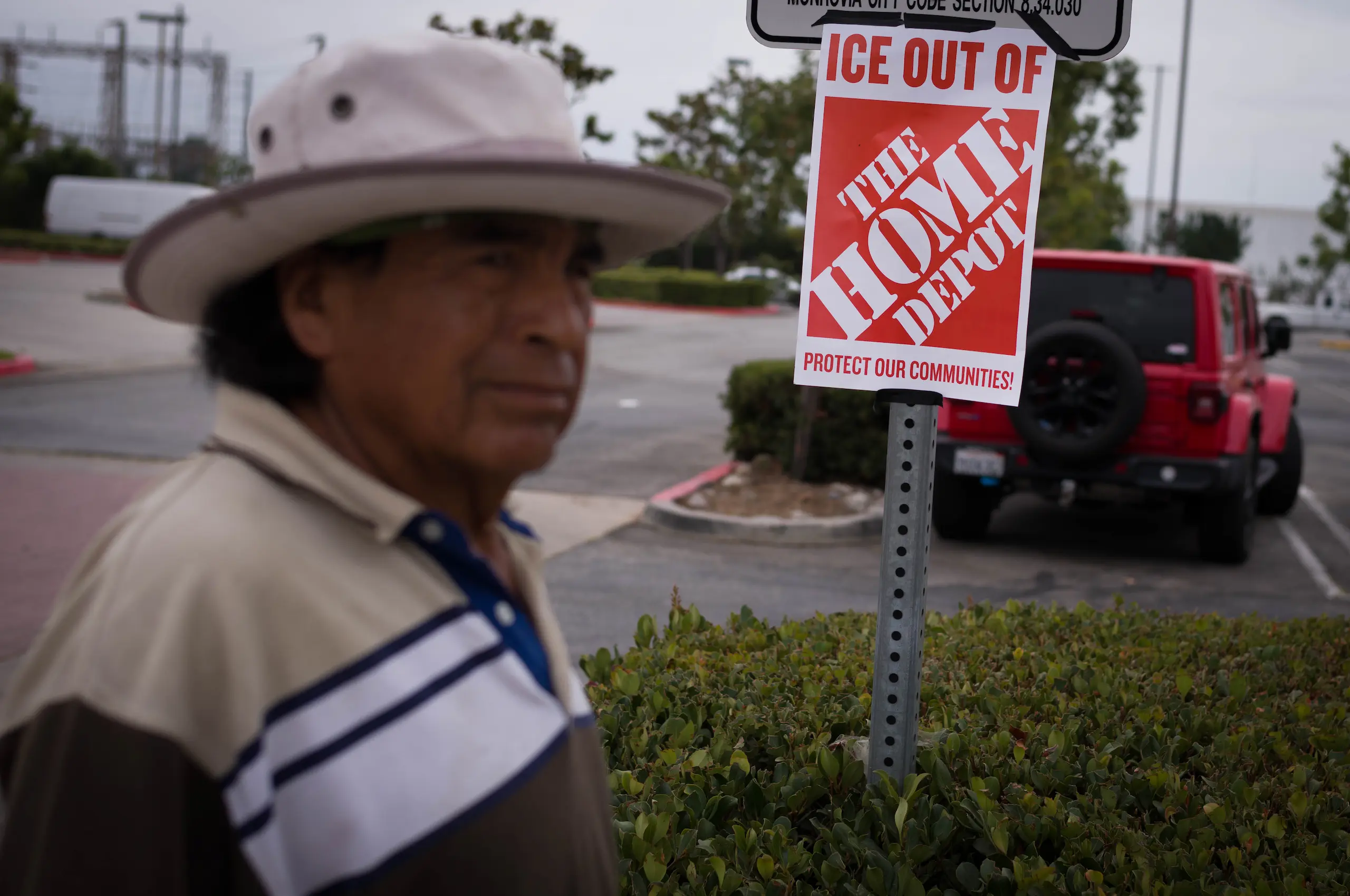
El trabajador jornalero lamentó: “una parte de nuestra propia comunidad es responsable de lo que está ocurriendo, y eso no se puede negar. Tenemos que pensar bien para la próxima, a quién se apoya con el voto”.
¿Podría ser más específico a qué se refiere? “Claro que sí, lo diré así: al votar por ese señor [Trump], los latinos escupimos hacia arriba y nos cayó en la cara”.
Carolina Martínez, residente en Monrovia, se enteró de lo ocurrido por las noticias. “Viene a dejarle flores al señor que perdió la vida por buscar trabajo, por la presión de la inmigración [agentes del ICE]. Este señor que solo buscaba trabajar para sobrevivir, le robaron la vida. Exigimos justicia”.
Martínez, y otras personas en el altar, comunicaron su deseo de apoyar a la familia de Montoya, pero dijeron no saber cómo hacerlo. “Yo estoy aquí diciendo que tengo mucha pena, mucho coraje por la muerte del señor Roberto Carlos Montoya Valdez. Yo viene aquí a rezar por él, a pedir que Dios lo tenga con él; y pido que apoyemos a su familia”.
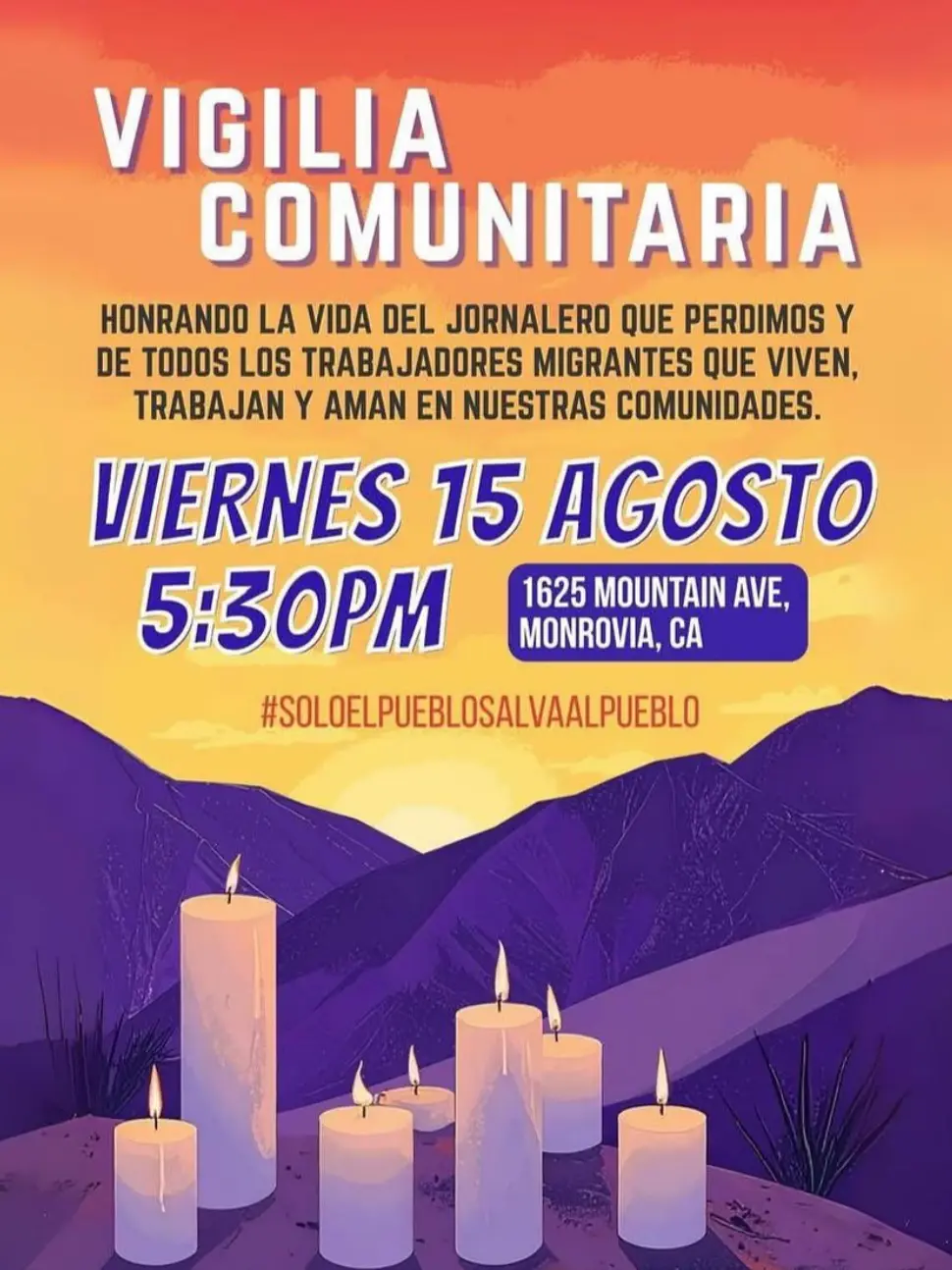
Tras la muerte de Montoya, cientos de personas realizaron una vigilia y una protesta la tarde del 14 de agosto en las afueras de Home Depot. Ahora, además, la Red Nacional de Jornaleros (NDLO), a través de la plataforma digital gofundme, comenzó una recaudación de fondos para la familia del occiso.
https://www.gofundme.com/f/stand-with-carlos-montoyas-family-donate-now
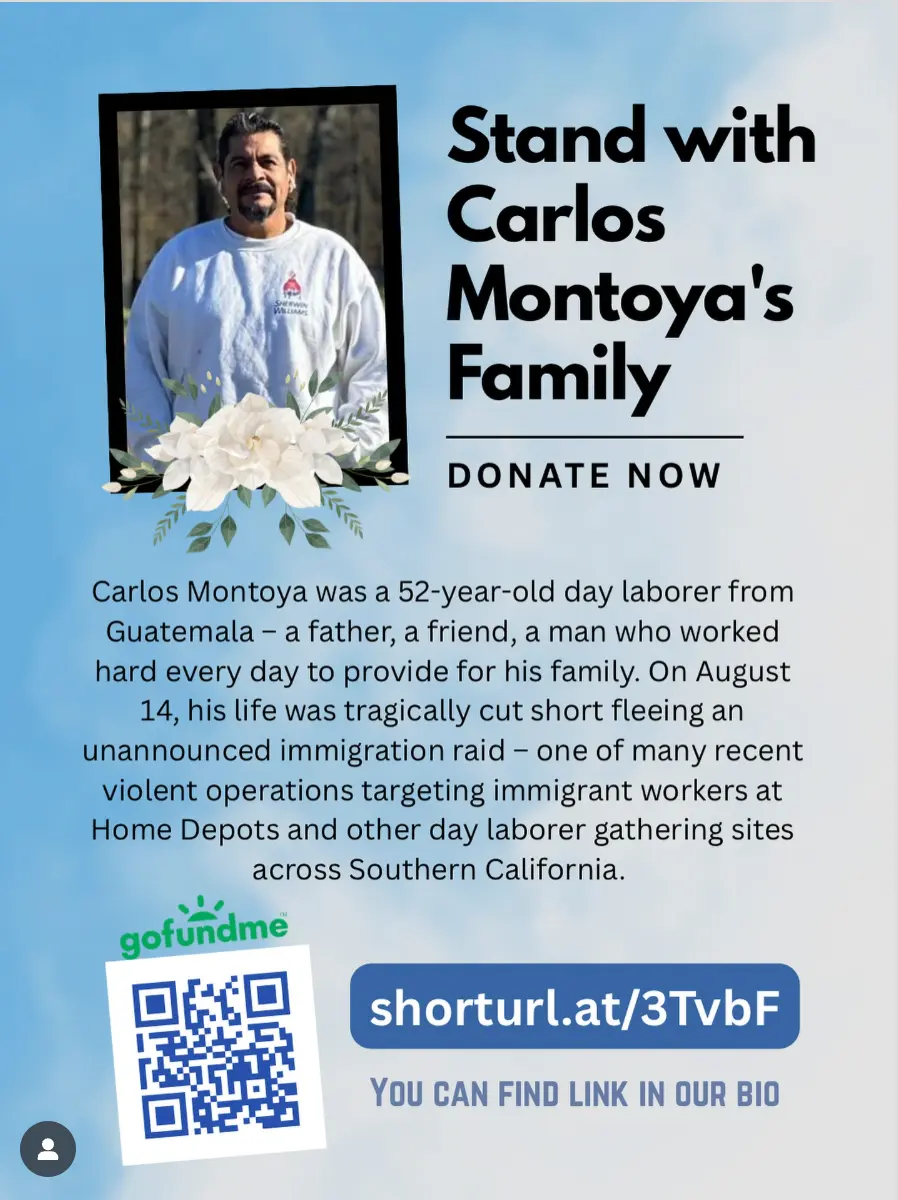
View this post on Instagram
This story was produced as part of “Aquí Estamos/Here We Stand,” a collaborative reporting project of American Community Media exploring the impact of Trump Administration’s war on immigrants in communities across California.
-
Esta historia fue producida como parte de «Aquí Estamos/Here We Stand», un proyecto de reportaje colaborativo de American Community Media que explora el impacto de la guerra de la Administración Trump contra los inmigrantes en comunidades de toda California.
You may be interested in: Guardias Comunitarias en San José: proyecto de autodefensa ante las redadas de ICE

